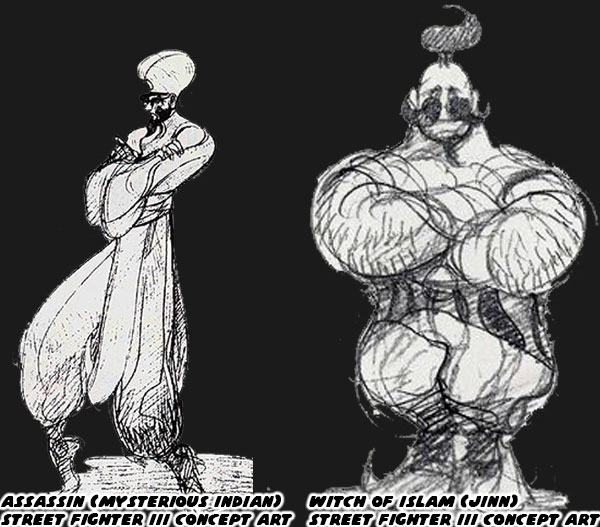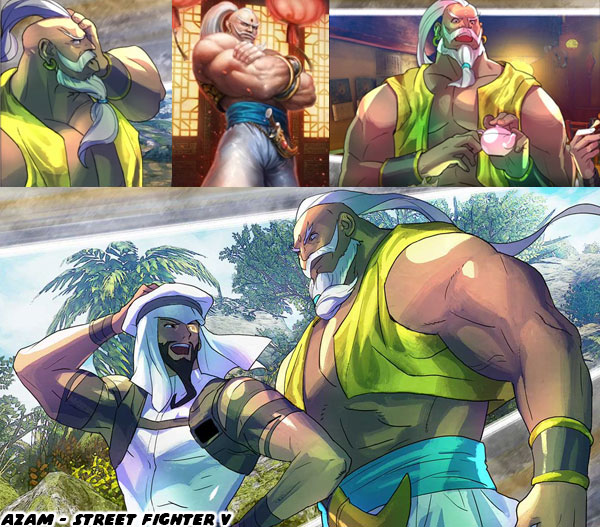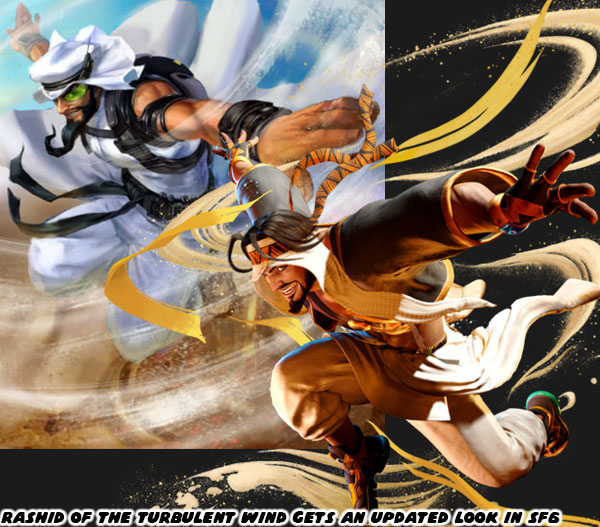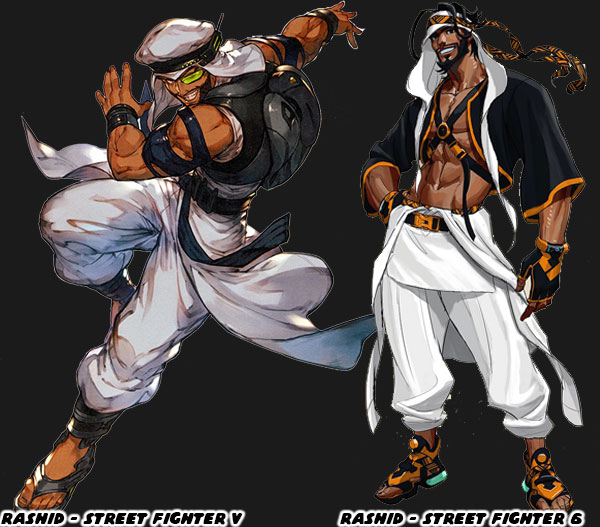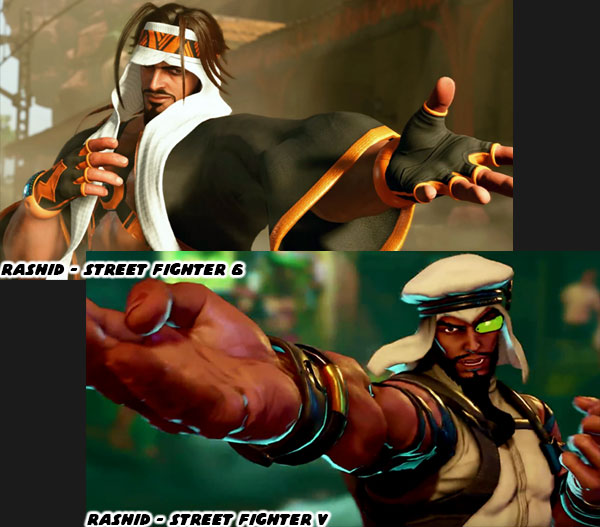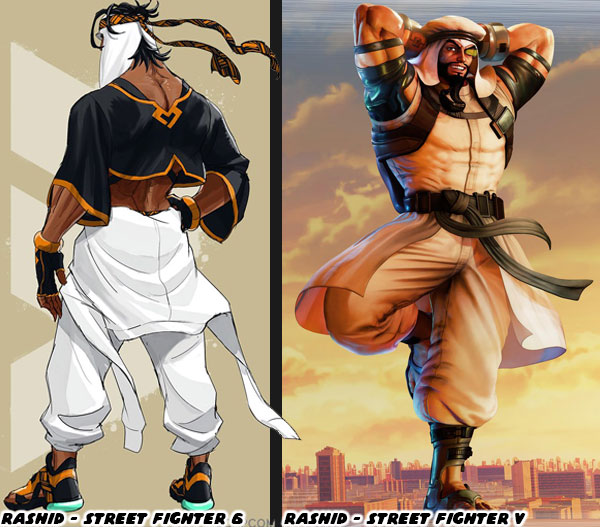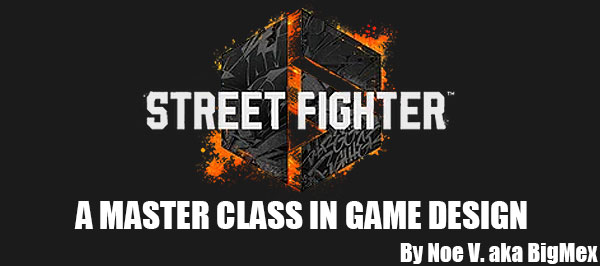
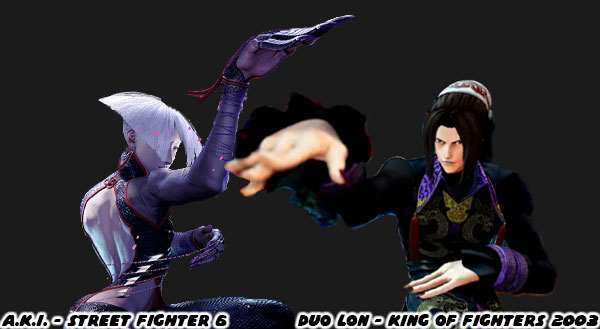
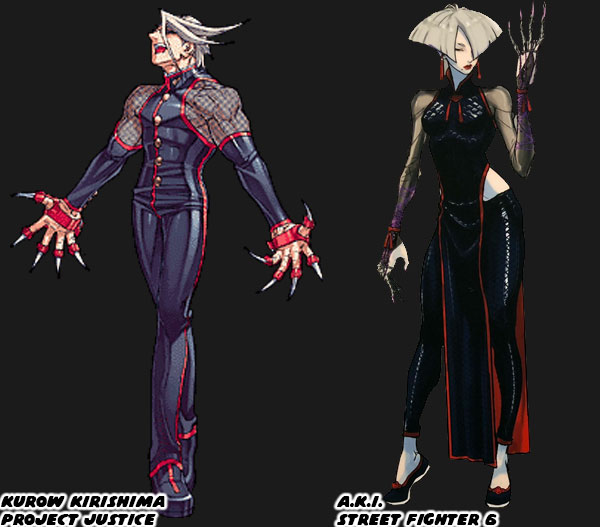
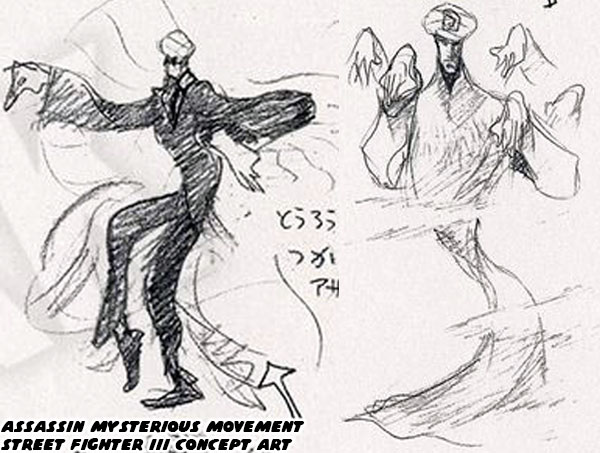
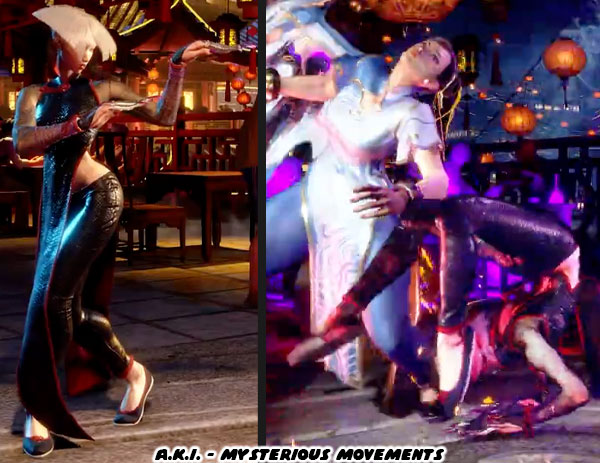
Eagle-eyed viewers noticed that several of A.K.I. moves were based on poisonous animals, she could slither along the ground like a snake, and even employ some kicks from the fantastic scorpion style of kung-fu. Hats off to the animation team, it must have been tremendous fun creating her attack library. The trailer gave us the best example of how to present hidden strikes. I want you to think about your favorite characters, and how they stand with their hands forward, or exposed to the game camera. If you threw a punch for a kick, then it would be easy to track on the screen. A.K.I was turned away from the opponent. This meant that several of her attacks were actually obscured from the game camera. A.K.I. could backhand, or hook kick opponents. Her torso hid which hand she used, and her dress covered which kick was being delivered as well. This mirrored how the Assassin concept fighter hid his attacks under a long cloak. The more difficult part for either F.A.N.G. or A.K.I. were creating lethal strikes that could be described as poisonous.
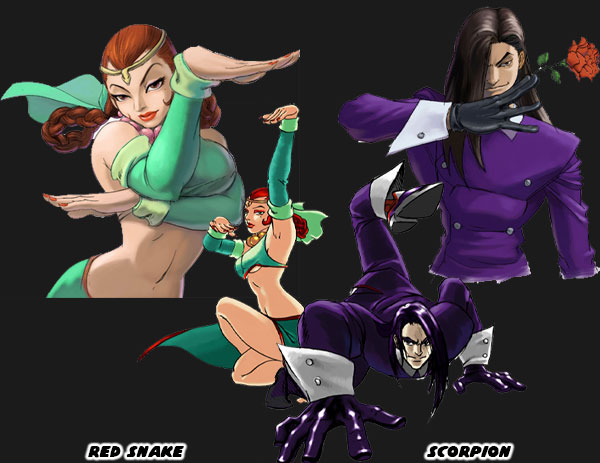
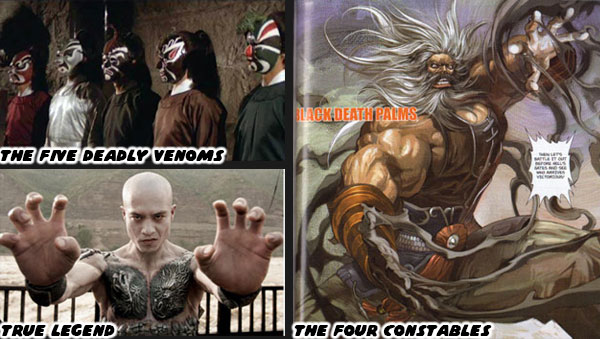

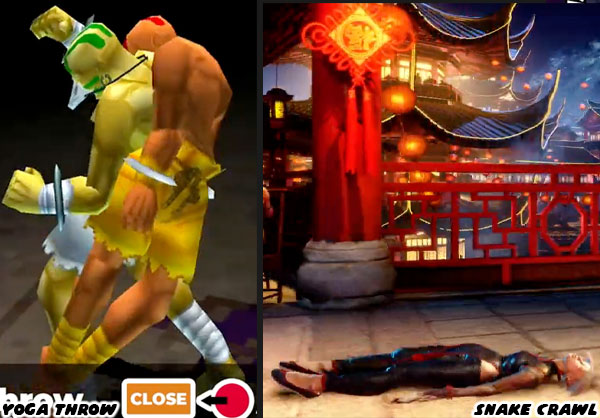
In the gameplay reveal trailer we could see A.K.I. slither on her back. It was unnerving seeing the character move like that. This snake crawl allowed her to get under ranged attacks, and close the gap on opponents. Previously the franchise did feature snake-like movement with at least one other character. In the Street Fighter EX series by ARIKA Dhalsim could perform a Yoga Throw. The setup for it was very unique. The Indian yogi would wind around his opponent like a serpent before grabbing their torso and flipping them on their head. It remained one of my favorite fighting game animations to this day. I'm certain that Street Fighter 6 animators were able to pick, and choose the best elements they could find from pop culture, from actual kung-fu, and even earlier games while fleshing out the moves of the new assassin.
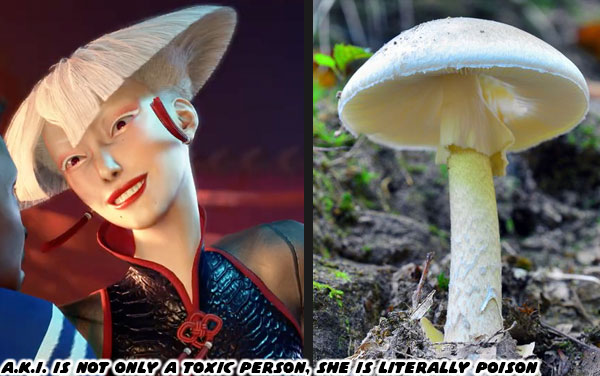
For the developers it also wasn't enough to have a character that fought, or moved like a snake. She had to look dangerous,and untrustworthy. From a visual perspective A.K.I. was figuratively, and literally a toxic person. The pale white skin was unnatural, as if she was drained of her blood. The cut of her hair was reminiscent of the amanita phalloides aka the death cap mushroom. As far as her costume went it could be argued that Street Fighter 6 Designer Yusuke Hashimoto was making a bold fashion statement. The use of modern tulle sleeves, and pants under a traditional cheongsam was only the beginning. His choice of costume, skin color, jewelry, and haircut were very avant-garde. Every detail added reflected the same fashion sense that he tapped into when creating the designs in the first two Bayonetta games. Had Juri, F.A.N.G., or Kurow never existed then I'm certain that A.K.I.'s introduction would have had a greater impact on the franchise.




